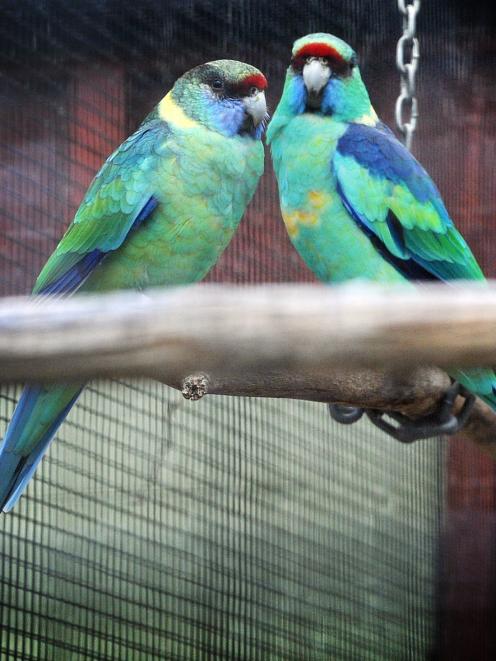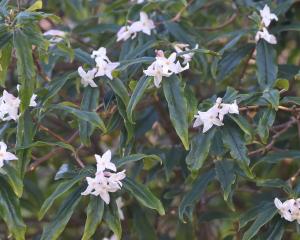
The brightly coloured mallee parrots are of medium size, around 33cm long from head to tail, and native of southeastern Australia from Queensland to South Australia. They live in mallee scrub and open woodlands blending well into their surroundings. Their diet consists of nectar, insects, seeds, fruit and native and introduced bulbs. We mimic this diet as much as possible to ensure the birds have all the nutrients they need to thrive and hopefully to produce young next breeding season.
The call of the mallee ringneck has been described as ‘‘ringing’’ and while they have been settling into their new surroundings at the aviary, they have certainly been vocal.
These interesting little parrots are becoming harder to find due to the limited number held in private collections and zoos here in New Zealand, so we are very privileged to have this pair on display at the aviary. They join many other Australian bird species on display and fit well with the surrounding plantings that make up the Australian plant collection.
Garden Life is produced by the Dunedin Botanic Garden. For further information contact Alisha Sherriff.











